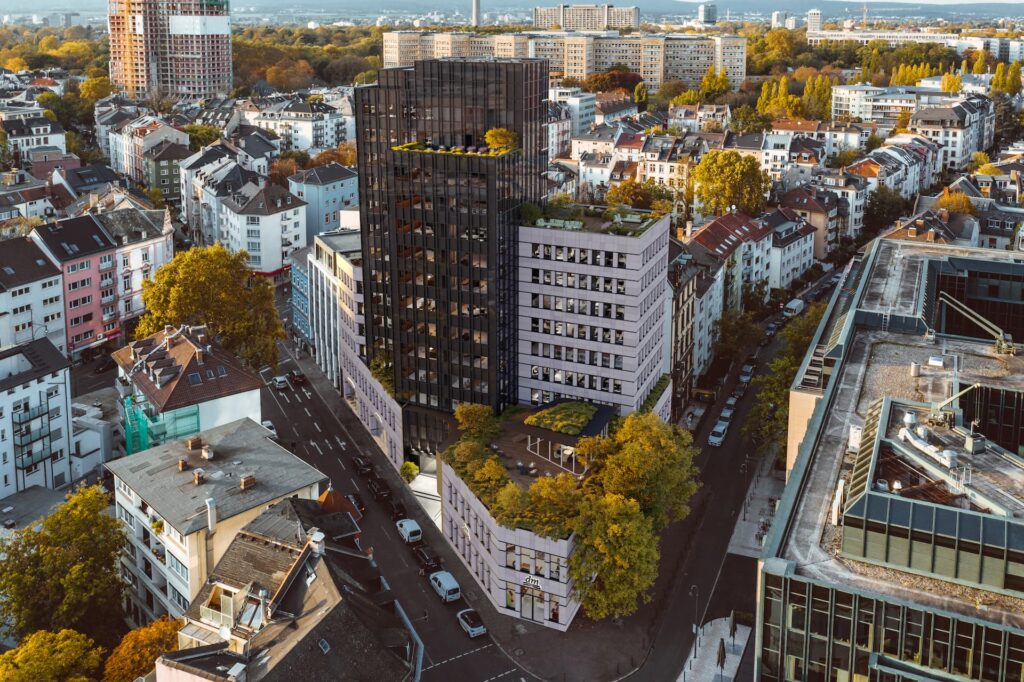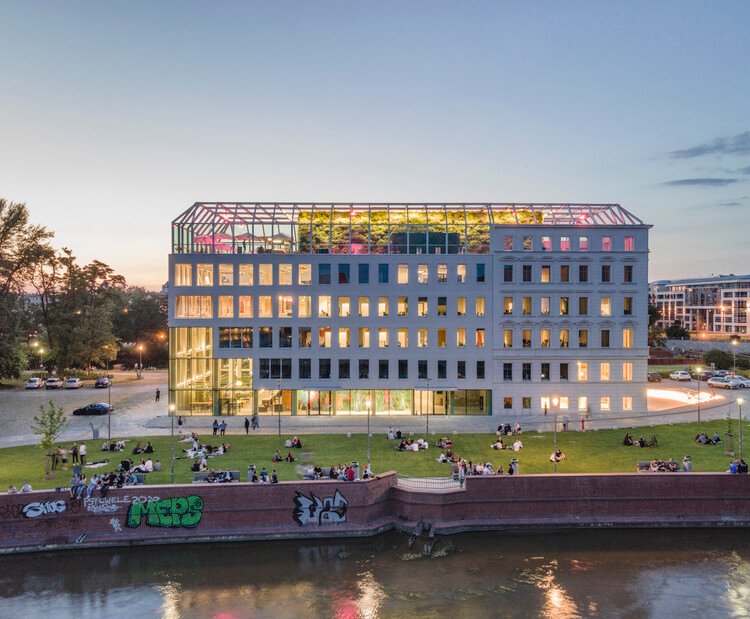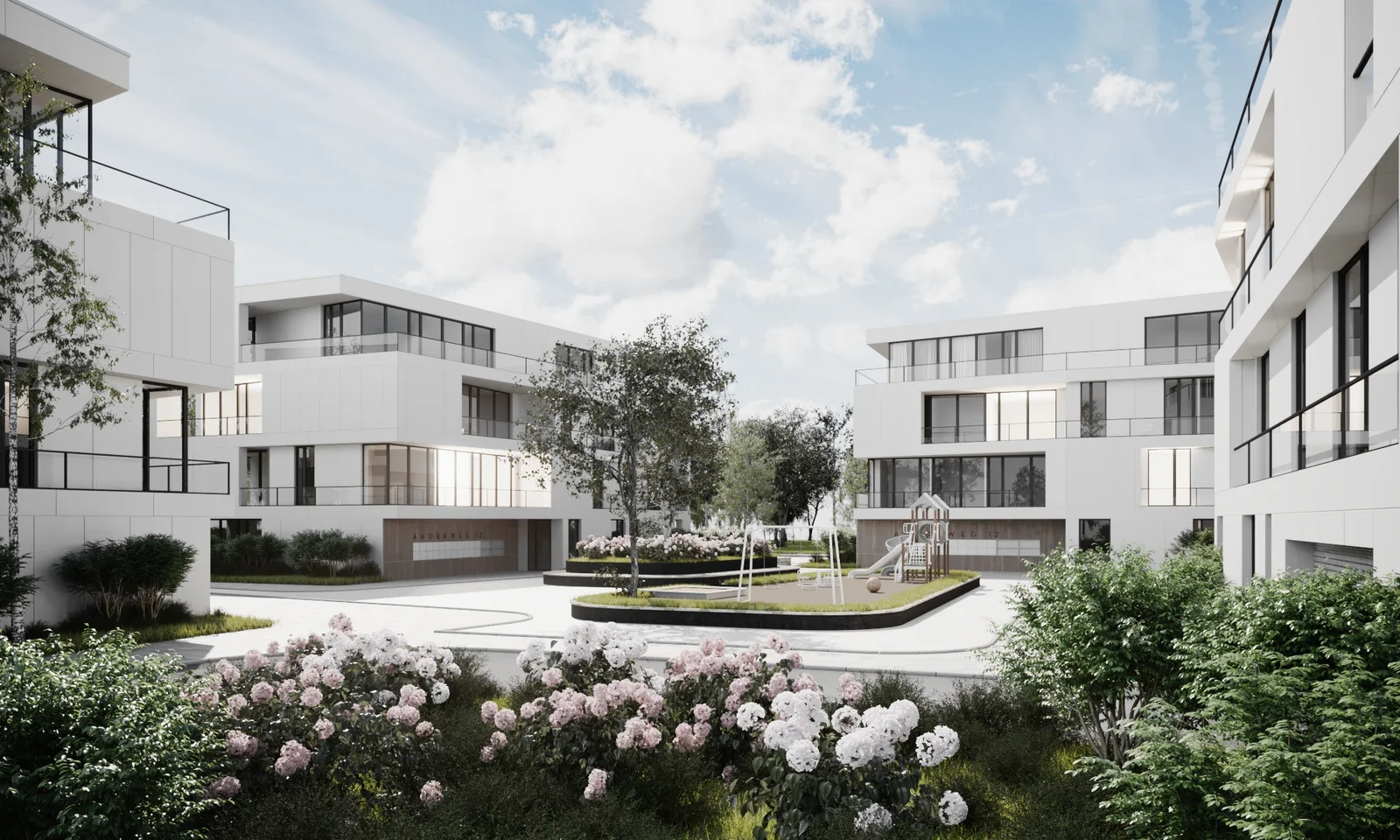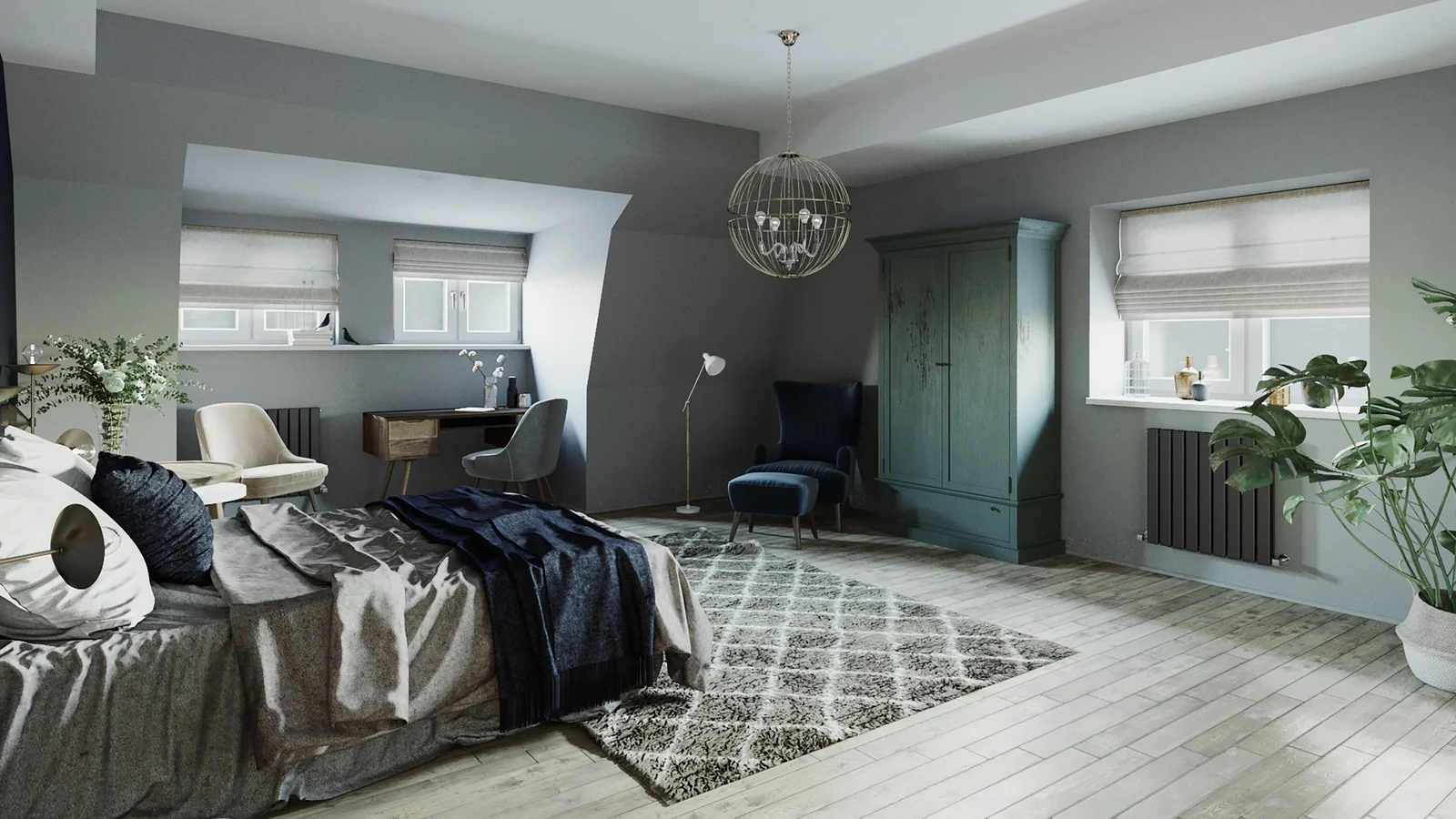Photogrammetry in Architectural Visualization: Capturing Real-Life Textures
Architectural visualization is a rapidly evolving discipline, with a wide array of techniques and technologies available to bring designs to life. One such technique is photogrammetry, an innovative method of capturing real-life textures to create highly detailed and photorealistic architectural models. In this blog post, we’ll explore how photogrammetry can be used in architectural visualization and the incredible benefits it offers to architects and designers alike.
Understanding Photogrammetry: A Brief Overview
Before delving into the practical applications of photogrammetry in architectural visualization, it’s crucial to have a firm grasp of what this technology entails. Photogrammetry is a science and technology that utilizes photography to measure and interpret physical information about an object, an environment, or a phenomenon. It’s a versatile tool, used in various fields including architecture, archaeology, and even gaming.
How Photogrammetry Works
Photogrammetry involves capturing a series of overlapping photos of an object from different angles. These photos are then processed using specialized software, which stitches them together to generate a 3D model. The resultant model can be further refined and textured to create a highly accurate and realistic representation of the original object.
The Science Behind Photogrammetry
At the heart of photogrammetry is the principle of triangulation. By taking photos from at least two different locations, you create a line of sight that can be used to triangulate the position of points in the scene. This principle, combined with the use of advanced algorithms and computation, allows photogrammetry to generate accurate 3D models.
Photogrammetry in Architectural Visualization
Bringing Textures to Life
The application of photogrammetry in architectural visualization is revolutionizing the way architects and designers create their models. By capturing the real-life textures of materials, photogrammetry allows for the creation of incredibly realistic and detailed architectural visualizations. This level of detail can be particularly beneficial when presenting to clients, giving them a clear and accurate vision of the finished building.
## H2: Understanding Photogrammetry in Architectural Visualization
Photogrammetry is a technique that allows us to capture the physical world in a digital format. This process involves taking multiple photographs of an object or a scene from various angles and then using software to stitch these images together to create a 3D model.
The Role of Photogrammetry in Architectural Visualization
Photogrammetry plays a crucial role in architectural visualization, providing a realistic representation of building structures, textures, and materials. It captures the intricate details of real-life textures, such as bricks, stones, wood, and metal, to create lifelike 3D models.
Using photogrammetry, architects and designers can create an immersive visualization of building designs, showing clients what the final product will look like in real life. This not only improves communication but also ensures that everyone is on the same page about the project’s expectations.
Moreover, photogrammetry in architectural visualization helps in the preservation of historical buildings. By creating a 3D model, architects can capture the fine details of the building’s architectural elements, which can be a reference point for any future restorations.
The Process of Using Photogrammetry in Architectural Visualization
Using photogrammetry in architectural visualization involves several steps, each equally important in obtaining a realistic 3D model.
Capturing Images
The first step in the photogrammetry process is capturing images. This involves taking multiple photographs of the architectural structure or texture from different angles. It’s essential to ensure that the lighting is consistent in all photos and that the images overlap by at least 60% to ensure a seamless blend in the final model.
Processing Images
Once the images are captured, they are processed through photogrammetry software. This software uses the overlapping areas of the images to identify common points and stitch the photos together to create a 3D model.
Polishing the 3D Model
The final step is refining and polishing the 3D model. This involves removing any noise or unwanted elements from the model and enhancing the texture and details to create a realistic representation.
Advancements in Photogrammetry in Architectural Visualization
Photogrammetry has seen significant advancements over the years, with the development of advanced software and technology.
Improved Software
The photogrammetry software available today can handle high-resolution images, allowing for more detailed and accurate 3D models. Additionally, some software offers automated features, making the process quicker and easier.
Integration with VR and AR Technologies
One of the most exciting advancements in photogrammetry is its integration with virtual reality (VR) and augmented reality (AR) technologies. This allows architects and clients to virtually walk through the 3D model, providing a more immersive and engaging experience.
In conclusion, photogrammetry in architectural visualization is a powerful tool that captures real-life textures to create lifelike 3D models. Its advancements and integration with VR and AR technologies make architectural visualization more immersive and realistic, revolutionizing the way architects design and present their projects.## H2: Understanding Photogrammetry in Architectural Visualization
Photogrammetry is a technique that allows us to capture the physical world in a digital format. This process involves taking multiple photographs of an object or a scene from various angles and then using software to stitch these images together to create a 3D model.
The Role of Photogrammetry in Architectural Visualization
Photogrammetry plays a crucial role in architectural visualization, providing a realistic representation of building structures, textures, and materials. It captures the intricate details of real-life textures, such as bricks, stones, wood, and metal, to create lifelike 3D models.
Using photogrammetry, architects and designers can create an immersive visualization of building designs, showing clients what the final product will look like in real life. This not only improves communication but also ensures that everyone is on the same page about the project’s expectations.
Moreover, photogrammetry in architectural visualization helps in the preservation of historical buildings. By creating a 3D model, architects can capture the fine details of the building’s architectural elements, which can be a reference point for any future restorations.
The Process of Using Photogrammetry in Architectural Visualization
Using photogrammetry in architectural visualization involves several steps, each equally important in obtaining a realistic 3D model.
Capturing Images
The first step in the photogrammetry process is capturing images. This involves taking multiple photographs of the architectural structure or texture from different angles. It’s essential to ensure that the lighting is consistent in all photos and that the images overlap by at least 60% to ensure a seamless blend in the final model.
Processing Images
Once the images are captured, they are processed through photogrammetry software. This software uses the overlapping areas of the images to identify common points and stitch the photos together to create a 3D model.
Polishing the 3D Model
The final step is refining and polishing the 3D model. This involves removing any noise or unwanted elements from the model and enhancing the texture and details to create a realistic representation.
Advancements in Photogrammetry in Architectural Visualization
Photogrammetry has seen significant advancements over the years, with the development of advanced software and technology.
Improved Software
The photogrammetry software available today can handle high-resolution images, allowing for more detailed and accurate 3D models. Additionally, some software offers automated features, making the process quicker and easier.
Integration with VR and AR Technologies
One of the most exciting advancements in photogrammetry is its integration with virtual reality (VR) and augmented reality (AR) technologies. This allows architects and clients to virtually walk through the 3D model, providing a more immersive and engaging experience.
In conclusion, photogrammetry in architectural visualization is a powerful tool that captures real-life textures to create lifelike 3D models. Its advancements and integration with VR and AR technologies make architectural visualization more immersive and realistic, revolutionizing the way architects design and present their projects.







